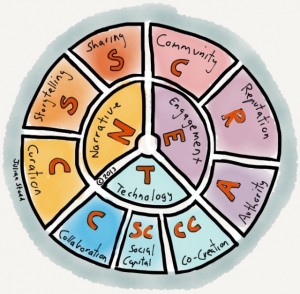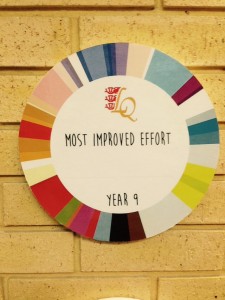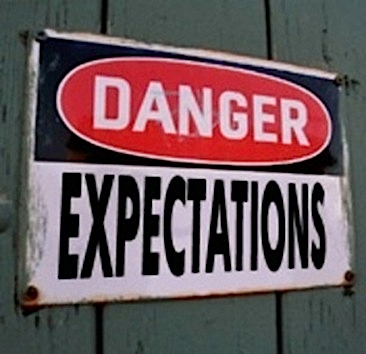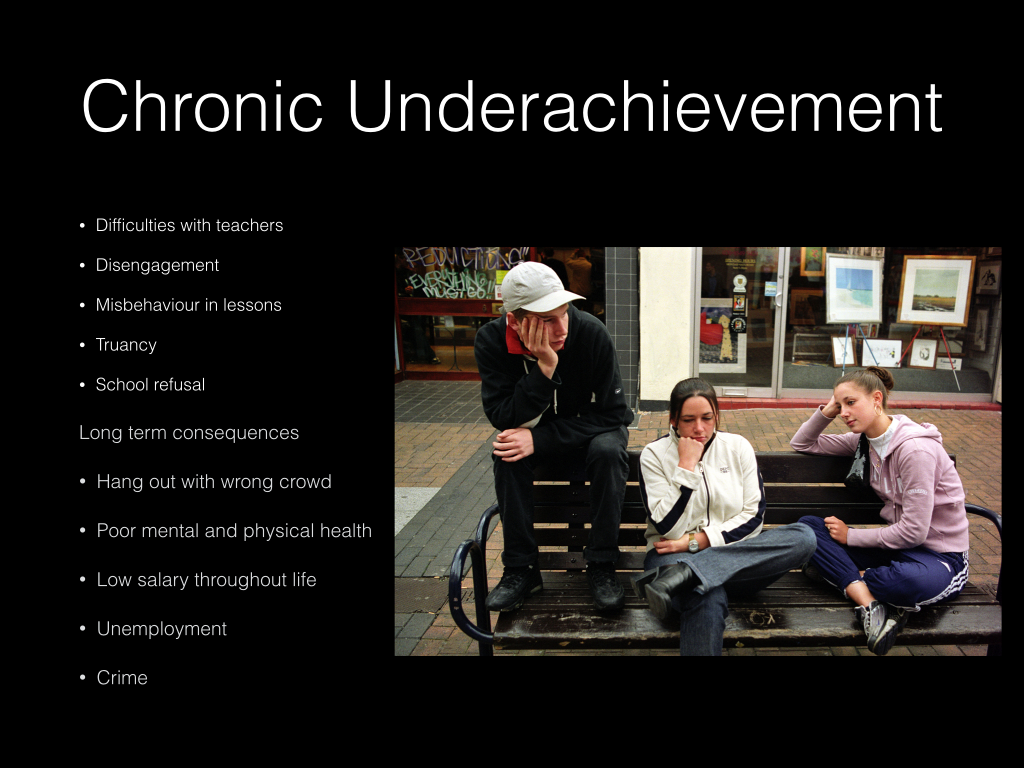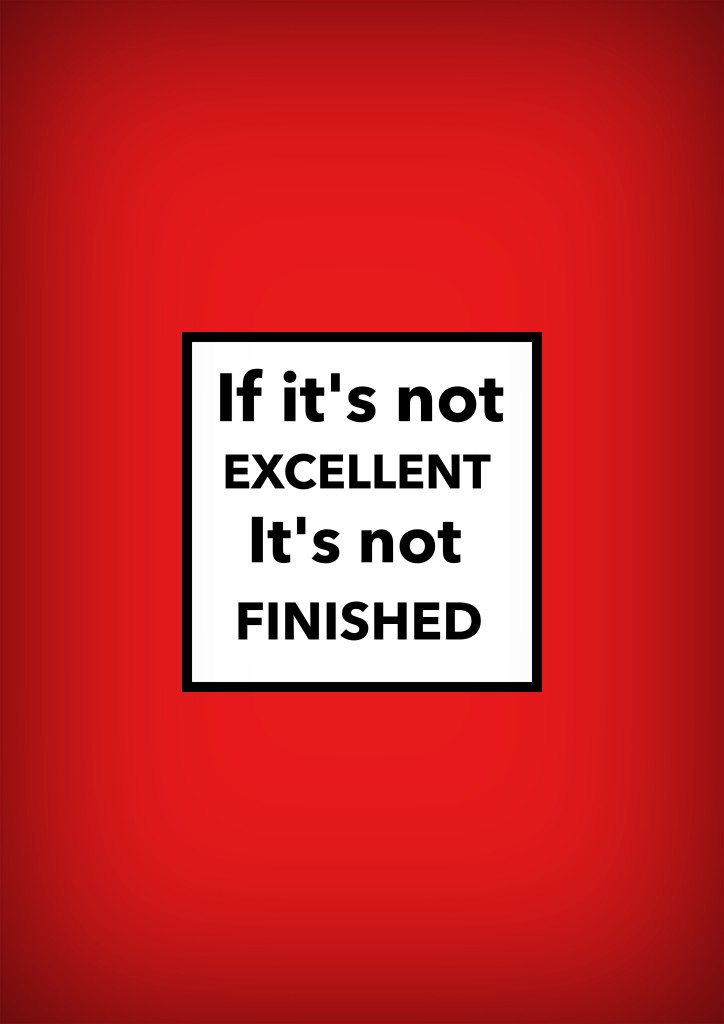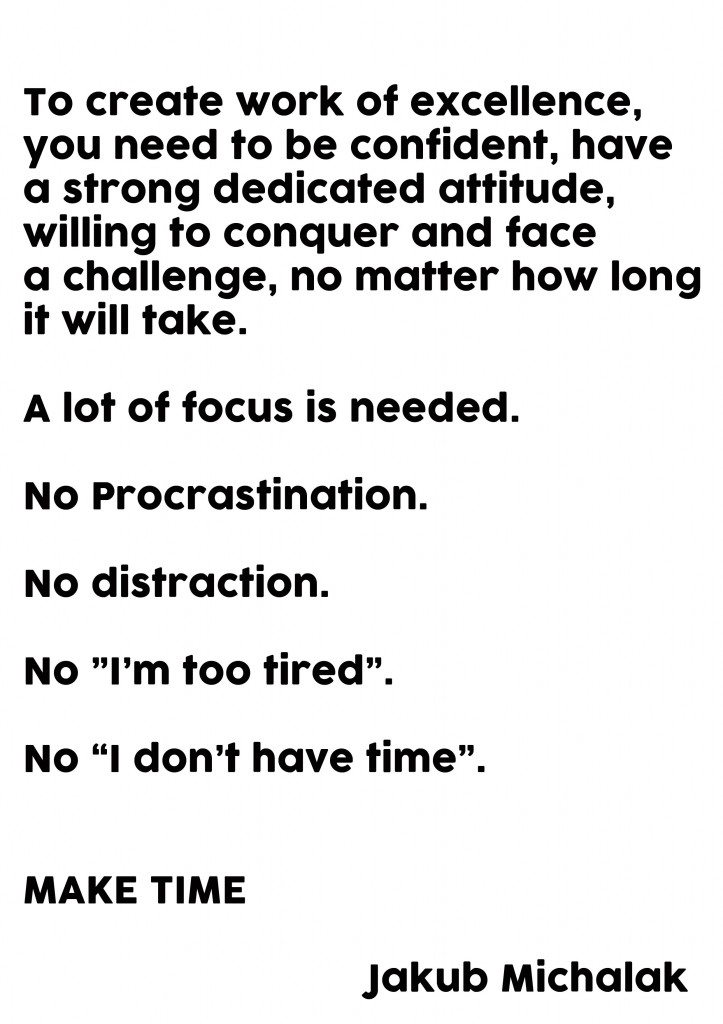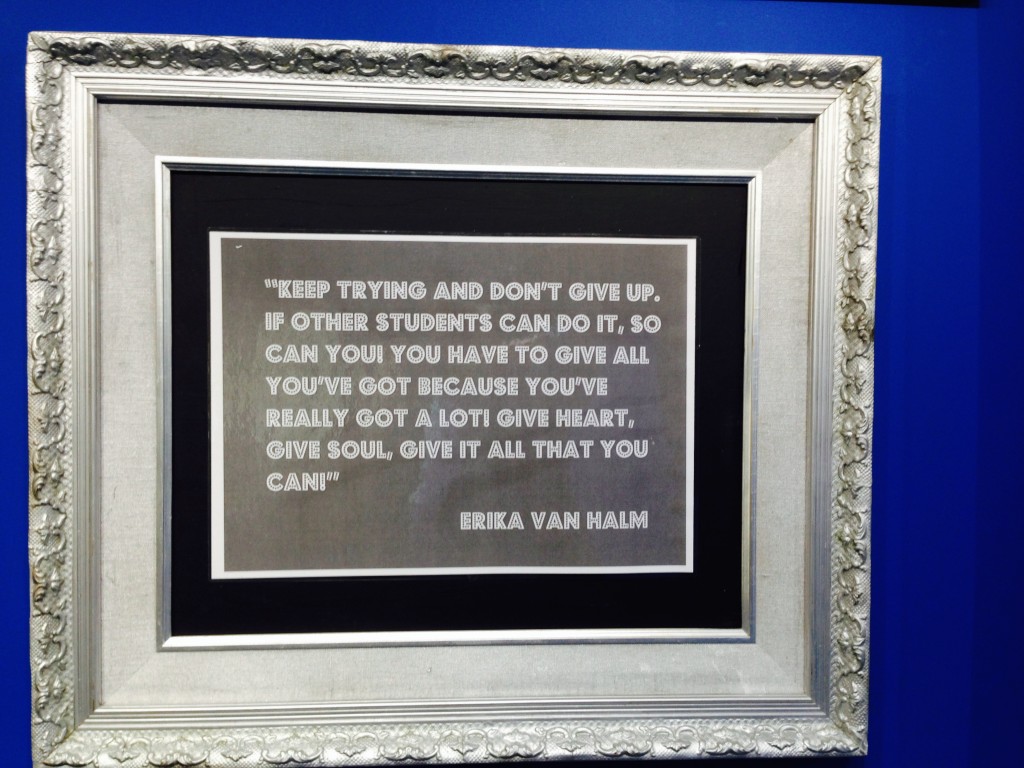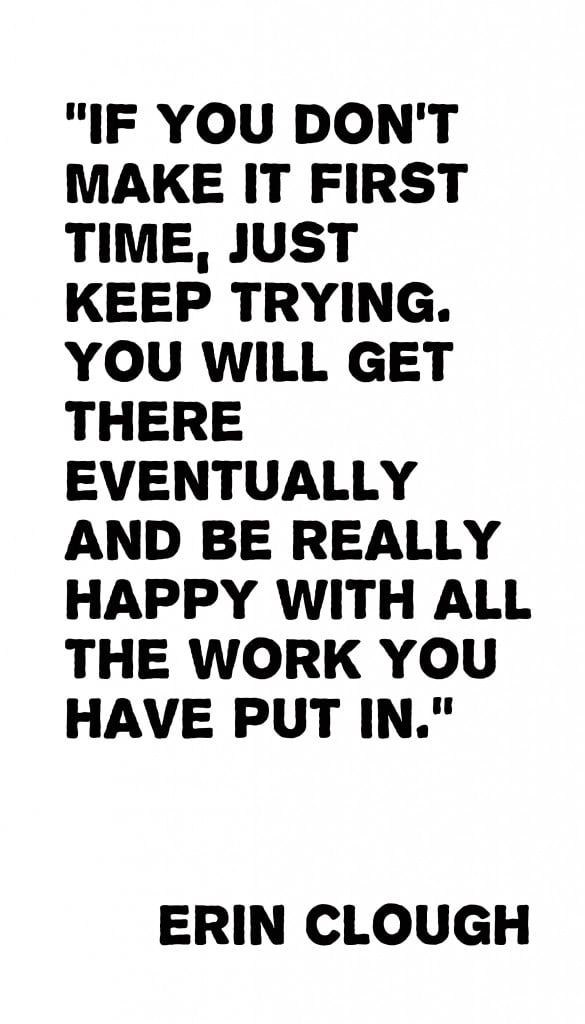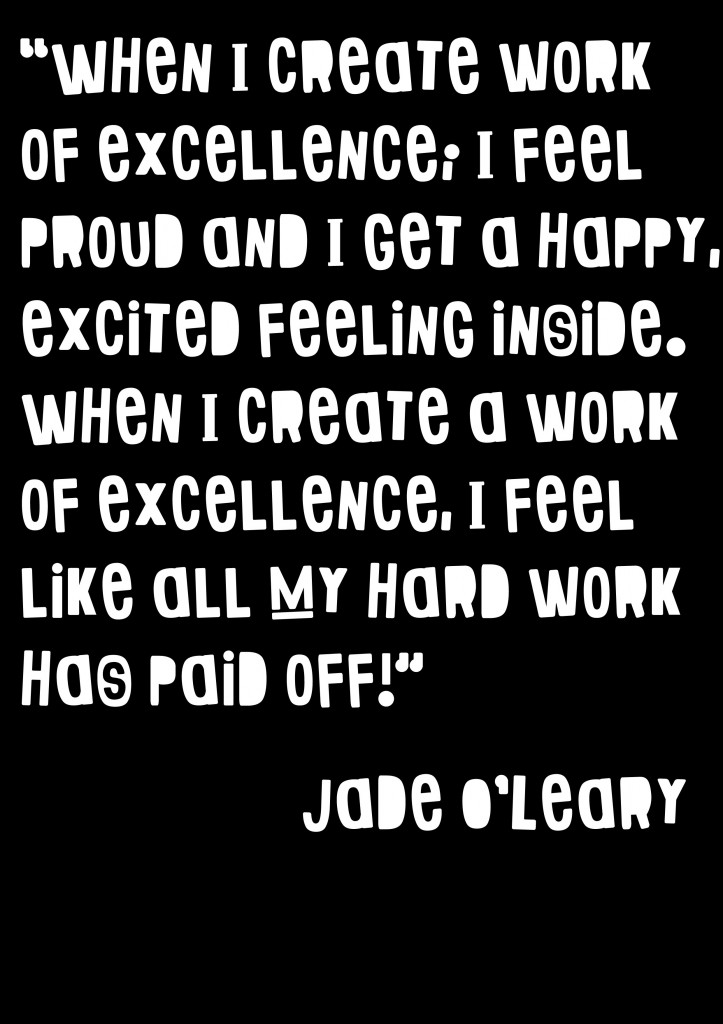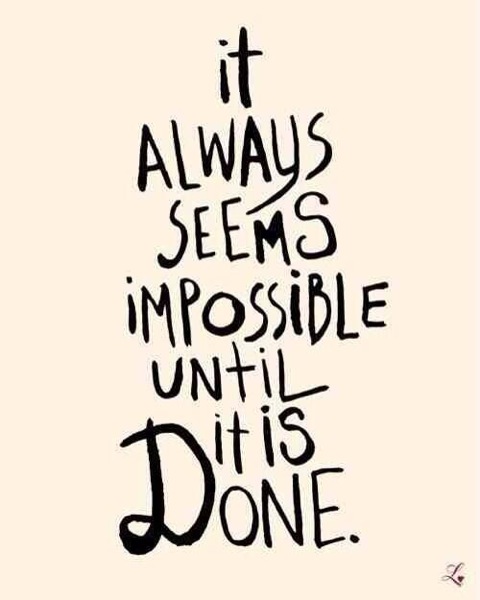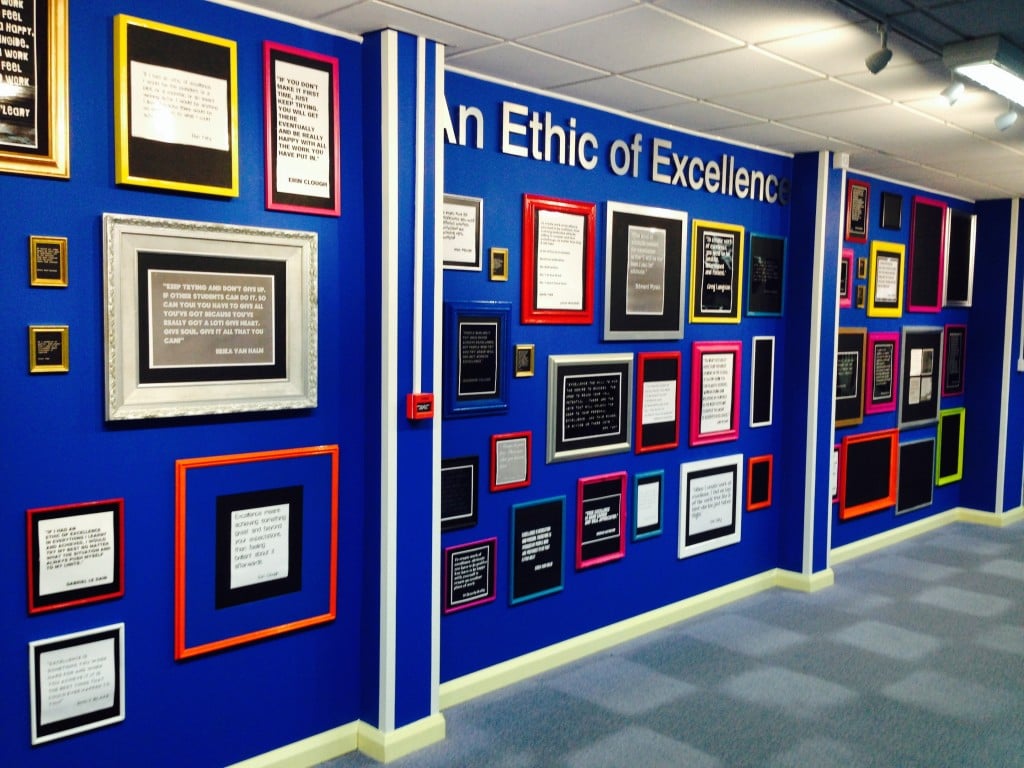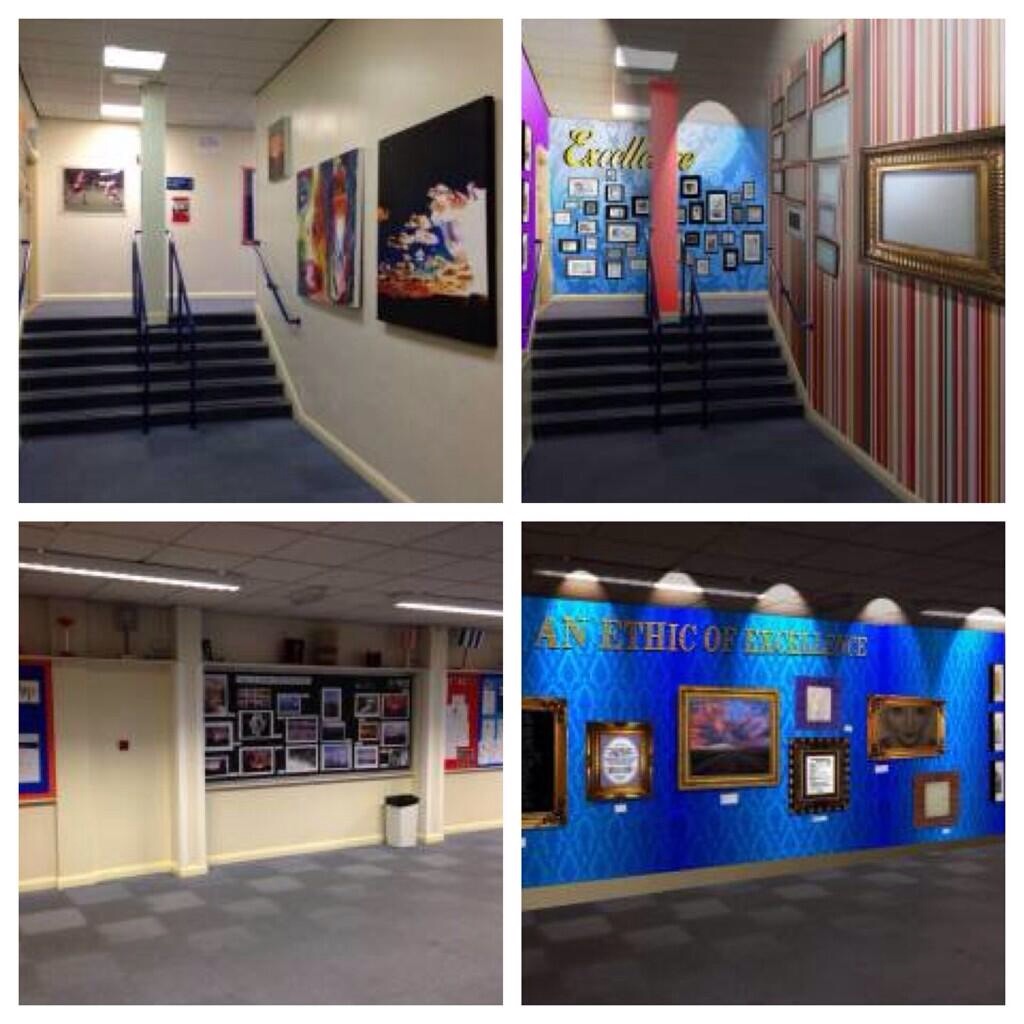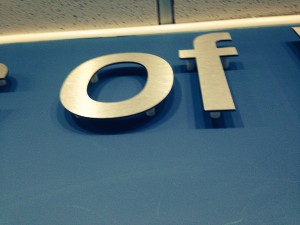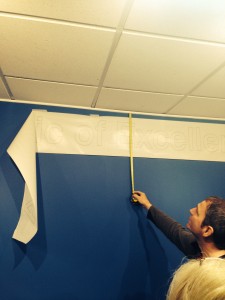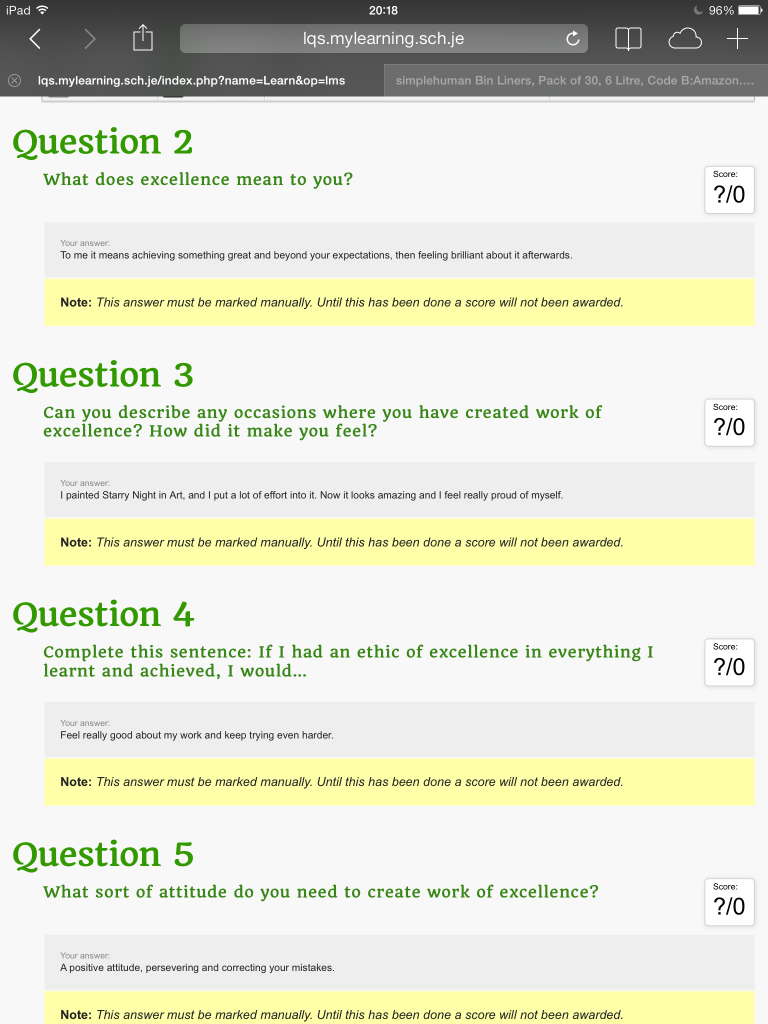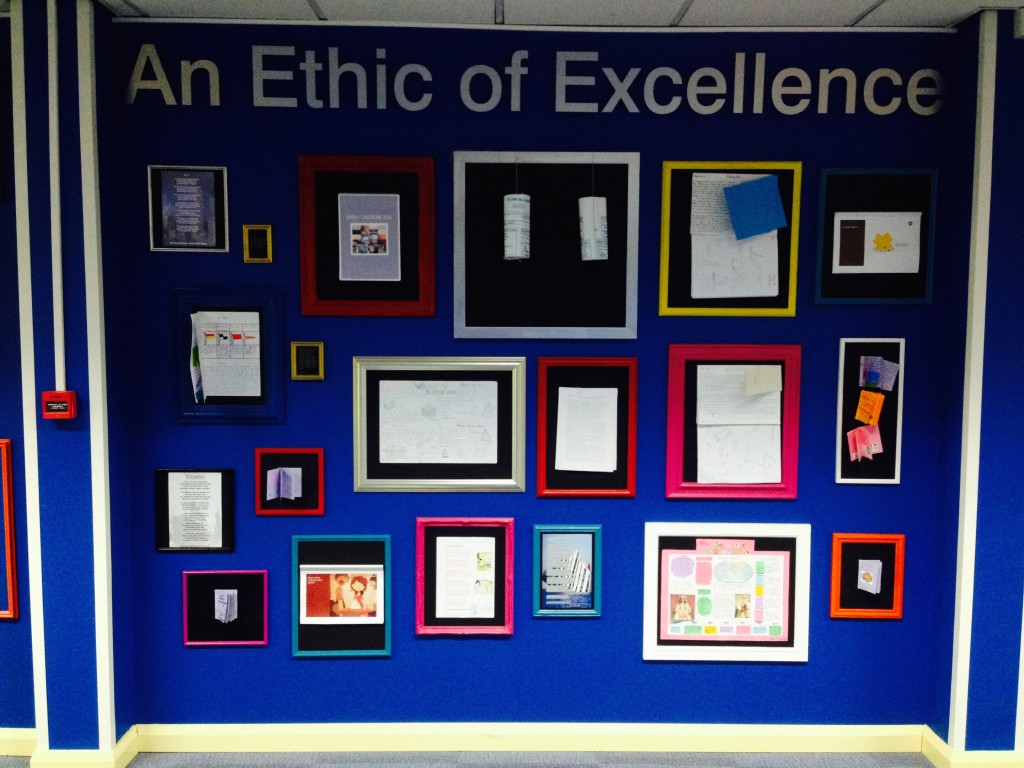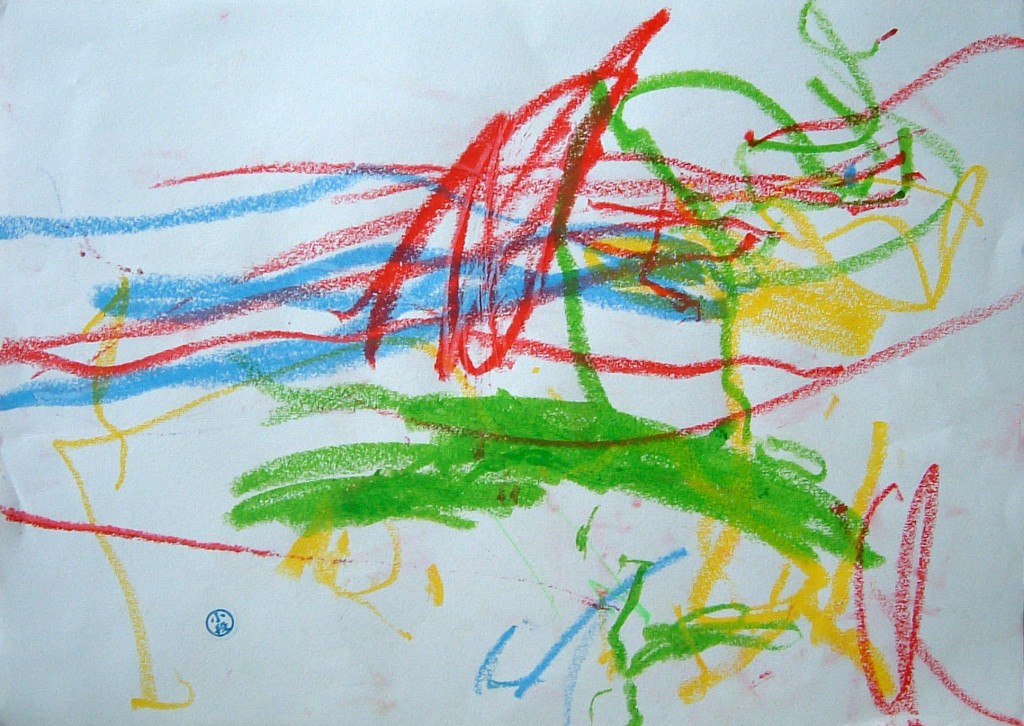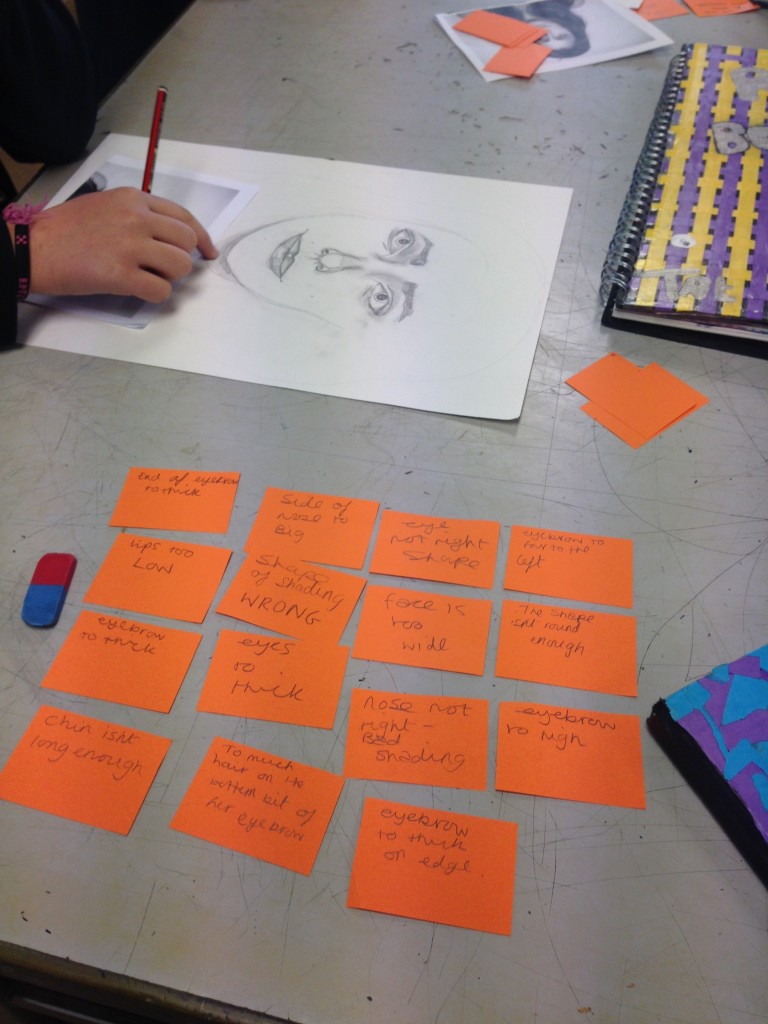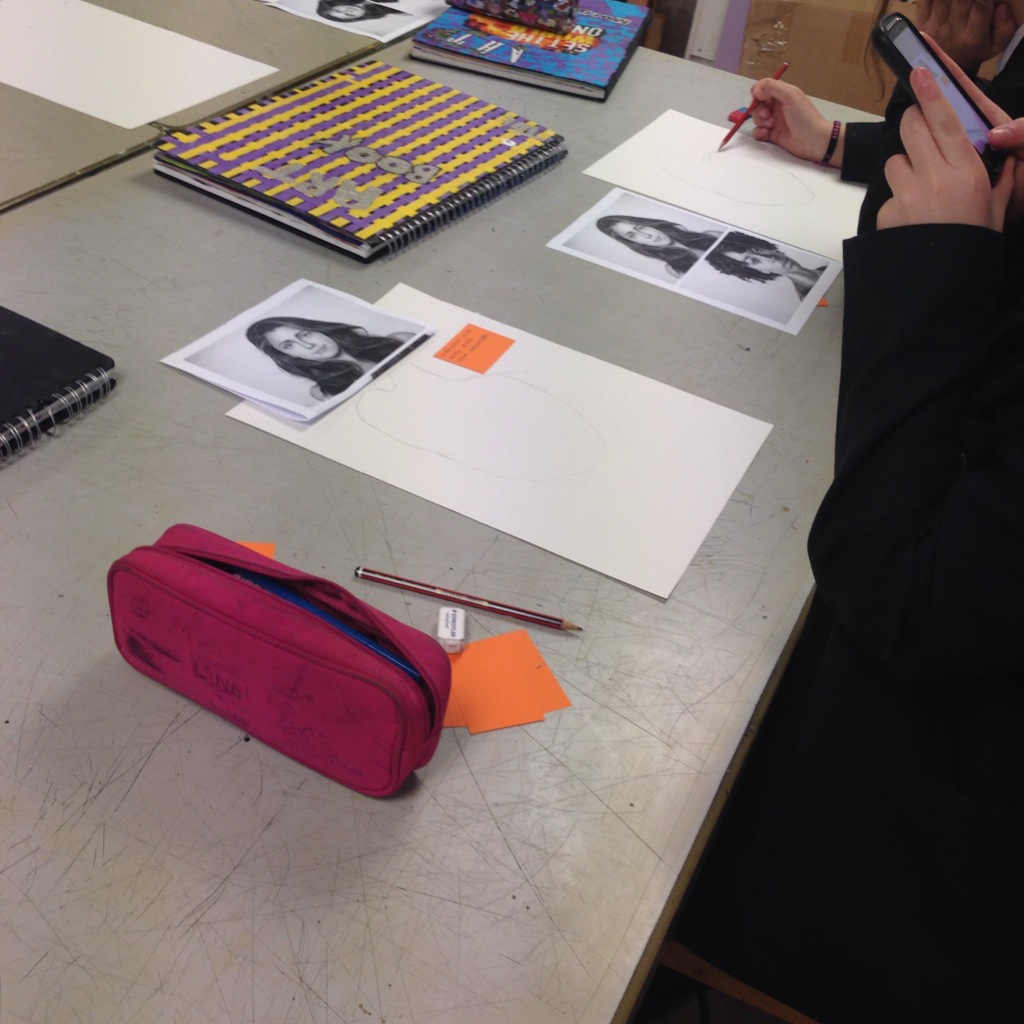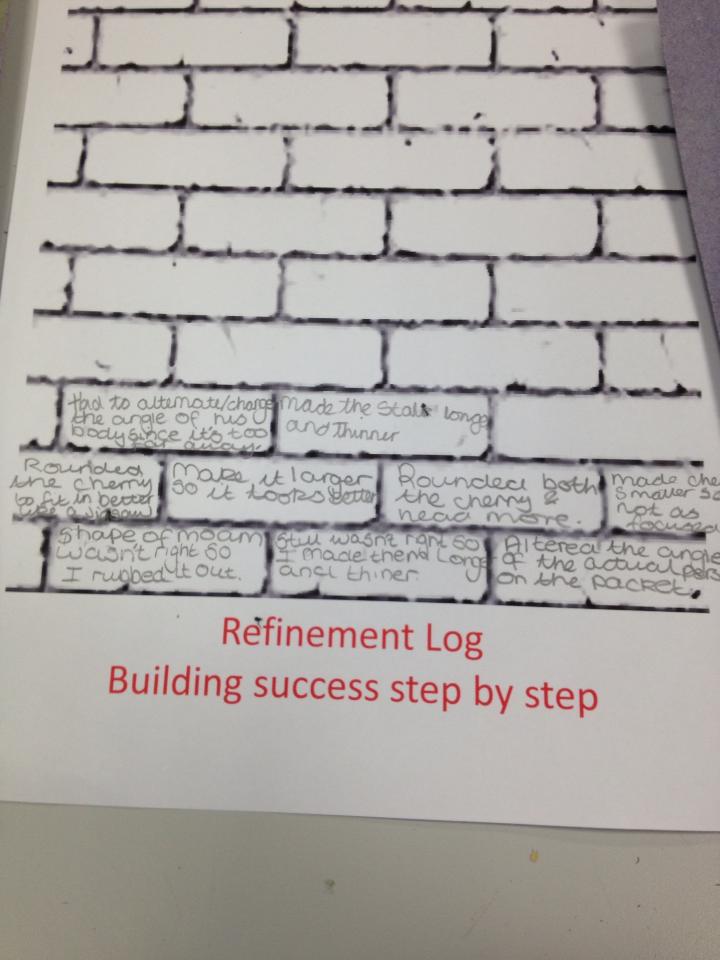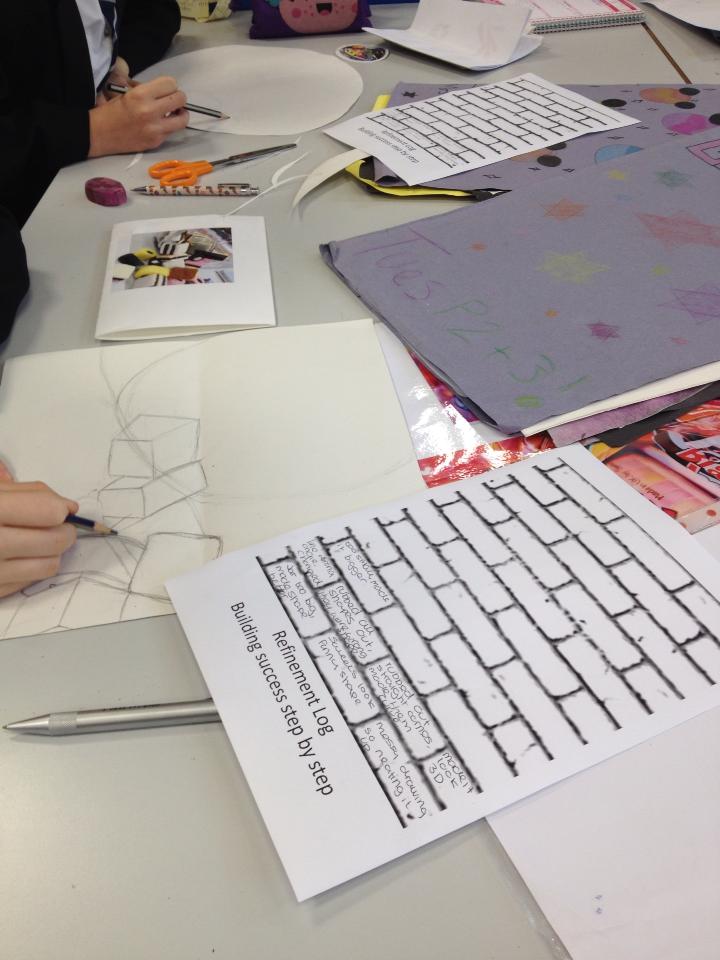
It’s now half term, and I have had a chance to filter out the real gems from last week’s exceptional pedagogical party that was TLT16. John Tomsett kicked things off with some salient reminders of being careful not to be a magpie. I have to say, for many years I was one such teacher who would always being looking for the next shiny new thing, which I could adapt to my own practice and in some cases being a new assistant head, looking for shiny new things I could share with staff. The great thing about the shifting focus towards evidence is that people are moving away from just accepting, to becoming far more scrupulous. The evidence may be there, but how grounded and worthy is that evidence? How can that evidence now be translated into tangible and practical steps for planning and teaching? One such gem which JT was keen to share (and has been for some time) was teaching students the metacognitive process of tackling an exam paper. This was no radical agenda, this was just talking about something which Huntington have been working on. Over a long period of time. The results shared were dramatic, but being really good at explaining the thinking behind tackling an exam takes great skill and deep thought. This is no shiny thing, in fact it’s pretty dull. It takes a lot of spit and polish to make it shine- to extend the metaphor a little further.
Explicitly modeling the mental process involved in learning is something we as teachers can often take for granted. We accept that our students should know how to think about an exam. But how often do we look at exam papers and ask; ‘What the hell was she thinking?’, ‘I know she knows all of this, but this is completely the wrong way of answering it.’
JT also shared that great and very funny clip of Dylan Wiliam saying that ‘Sharing Practice’ is a bad idea. Just because you think something has worked in your classroom, doesn’t mean you should think it will work for others. Teachmeets beware! Share knowledge, share planning, share research, but shiny ideas? Maybe it’s time to consider where these ideas belong. Share them after several years of trying them out, refining the practice, evaluating the outcomes. That sounds good to me.
Thanks John. You smashed an arrow into the middle of the target for me. Grounded, sensible and respectful of the expectations of the profession.
From the brilliance of JT, I then went to see Chris Moyse, whose workshop was about ‘Loving the one your with’, a passionate, focused and deliberate discussion on raising teacher quality. I don’t think I have ever nodded my head so much. There was a great correlation between the improvements a dedicated sports person can make and that of the teacher. The better you get, the harder it is to improve. Chris’s mission is to look at how that next 5% will be found for improving the teachers under his wing at Bridgewater Academy. Chris referred to the iceberg illusion. When we look at someone who is a master of their craft, we see that excellence and wonder “how can they do that so well and I struggle, even though I plan and work so damn hard?” Teachers, athletes, musicians, we all have something in common. Practice. Hours and hours and hours of it. The difference is that as a teacher, we engage in the performance every day, whereas an athlete or musician can engage in deliberate practice for hours at a time, get useful feedback and advice about how to raise that performance level so that on those occasions where they compete or play their instrument, they leave very little to chance, they are primed and ready for that moment. So how do we provide this quality of practice, feedback and reflection in the hectic life of a school? Chris discussed the model of appraisal, of coaching and observation which enables his school to move into that next 5%. It was a revelation. Again, sensible, practical and wholly respectful of what teachers need in terms of knowledge and support to enable continuous improvement.
What theory do teachers really need to know to get better? And from the teacher’s point of view, what do I need to get better at which would most benefit the students in my classes? We all see the shiny stuff, but all too often the shiny stuff clouds our judgement. Quick fixes, fun, engagement, activities don’t improve teaching. On the surface, for a moment they may look like they do, but when we look in the books, when we see the outcomes of a project, when we see learning over time, when we speak to students, or we see their test papers it’s often the fundamental principles of great teaching which we really ought to want to get better at.
Chris shared their schools model of improvement. It is a model which I know we could all learn from and I hope that my school does. It’s a model that focuses on the positives, focuses on drilling down to manageable and purposeful targets of improvement for each teacher, each year. The focus for improvement is shared on the door of each classroom, reminding students that we are always learning, always wanting to be better than we are. I was utterly sold by the dullness of this model. It shone like gold when Chris explained the system, but the fact is, this is no shiny plastic coated BOGOF model, this is born out of years of experience. Born out of discarding the shallow thinking which often surrounds us when we have so much to improve. I came out of that workshop full of belief about how best to grow a truly great body of staff. Thank you Chris.
From here, I moved on to listen to the fizzy and boundless energy of new headteacher, Chris Hildrew discussing his first 100 days as a head. Again, Chris made some really sensible points about everyone having the capacity to be a head. We lead every day in schools. How we lead does come down to some key skills. I loved the fact that Chris spoke about asking his new staff ‘If you were me, what would you be working on?’ It was clear that Chris had made the time to speak to all staff. They were very candid about what needed to improve, which was interesting for a school labeled outstanding by Ofsted. Peel back the veneer and there are always things to work on, despite the outcomes of an inspection. Your staff, students and your headteacher will always know far more about what is not so good, and what is great than any inspection team surely?
Another beautiful dull thing Chris spoke about was that he had banned ‘intervention lessons’ in his new school. If a student gets 8 hours over two weeks to learn a core subject, the students need to be responsible for ensuring they make the most of that time. Why on earth would they need more time? Were they not listening, making notes etc. when that topic was taught the first time round? It was a good point and this is about addressing teacher workload. It’s a brave thing to do. JT banned revision classes this year too. It is about time we allowed our students to become independent learners?
Chris spoke about the importance of culture within his school. Sinek’s stone mason story was used to good effect. You don’t know it? Ok. Quick intervention class… Consider the story of two stonemasons. You walk up to the first stonemason and ask, “Do you like your job?” He looks up at you and replies, “I’ve been building this wall for as long as I can remember. The work is monotonous. I work in the scorching hot sun all day. The stones are heavy and lifting them day after day can be backbreaking. I’m not even sure if this project will be completed in my lifetime. But it’s a job. It pays the bills.” You thank him for his time and walk on.
About thirty feet away you walk up to a second stonemason. You ask him the same question, “Do you like your job?” He looks up and replies, “I love my job. I’m building a cathedral. Sure, I’ve been working on this wall for as long as I can remember and yes, the work is sometimes monotonous. I work in the scorching hot sun all day. The stones are heavy and lifting them day after day can be backbreaking. I’m not even sure if this project will be completed in my lifetime. But I’m building a cathedral.”

Forget that shiny new tool that’ll get that job done in half the time too. This is long haul stuff, just like most things that are worth working for. Ensuring that we all consider our jobs as part of building that wondrous Cathedral rather than being part of a church with no foundations, or the tile that helps stop the leaking roof, or being the beautifully painted door whilst the rest of the walls around crumble away is a huge task for the Headteacher of any school. One not lost on Chris; that was made imminently clear. It’s a huge focus for our school as well. You would be very welcome to see our journey here if you are interested.
Chris also spoke about amplification. It’s so easy when you hold responsibility; as a teacher just as much as a headteacher in many ways, that what we say, how we act and how we react can move well beyond the classroom walls. Be wary of what we say, expect and ask for. From what I could see of Chris’s first 100 days as a head, this was someone who believes in patience, perseverance and leading by example. No shiny new ideas, just knowing that we are all equally important in building that Cathedral. Brick by beautiful brick.
Third on my list was Stuart Lock who spoke about his school’s assessment model. This was clearly routed in the work of Hirsch, Christodoulou and Koretz. I didn’t agree with everything that Stuart said, but he made me think, I mean really think and question my own beliefs. Nothing ever wrong with that. The job of any great teacher in fact. One point that really struck a chord was that of entitlement. What every child should know should never be dictated by the exam board. I was inspired by Stuart’s belief in his own staff, their knowledge and competence to deliver the curriculum he wanted for the children his school served.
Finally, before the closing words, the graveyard shift was filled by the wonderful Learning Scientists. Like many of us, I have long been a fan of their no-nonsense approach to explaining how we learn and how this should affect how we teach. They shared some sound ideas about how to disseminate best practice on spacing, interleaving and retrieval. No shiny gems here, just some erudite use of lego, good discussion and the fundamental basics of what works when storing understanding in long term memory.
By this point, I was equipped with enough to keep me going for the rest of the year. Things to implement over time, things to reinforce and things to just get better at. How dull is that? And yet the day made me feel like I had just stolen the crown jewels. The passion, the dedication, the knowledge and most importantly the sense that this was real and really useful. It’s so easy to get swept away by motivational speak, shiny things and quick wins. This day for me was about people who really care about education from the ground up. No selling, no ‘I’m kind of a big deal’, just people who gave up their Saturday to talk about what matters. No-one did this more brilliantly than the extraordinary Lindsay Skinner.
Linsday rounded the day up better than I could have ever hoped for. The passion of her teaching and what the job meant to her filled every atom of the entire auditorium at Southampton University at the end of a hectic day. For the first time, someone spoke to me about something I hadn’t really given much time to thinking about. How we talk as teachers. The speed in which we talk compared to newsreaders was a revelation. If we want something to be listened to, make sure we speak slowly and eloquently as we can. Savour every word, craft it like a presidents inaugural speech at congress. Think about the formality, consider- as Chris Hildrew stated, the amplification of our words and actions. If we give instructions, consider the clarity. Think Airfix kits more than Ikea wardrobes. Think about how much we can remember from teacher talk and choose our words and our speak carefully. Dullness never looked so damn shiny.
TLT was such a lift for me. It’s broken me out of my blogging drought. Not through having lots of shiny stuff to talk about, but it reminds me how wonderful our job is, the dull beauty of honest teachers sharing their love and passion for learning, for teaching and for children.
Finally, a couple of words for the two people who brought this entirely dull and beautiful day to life. David Fawcett and Jenn Ludgate. They have made this day into one of the biggest and brightest events on the UK educational calendar. It is my go to event of each year and I cannot thank them both enough for their efforts.


